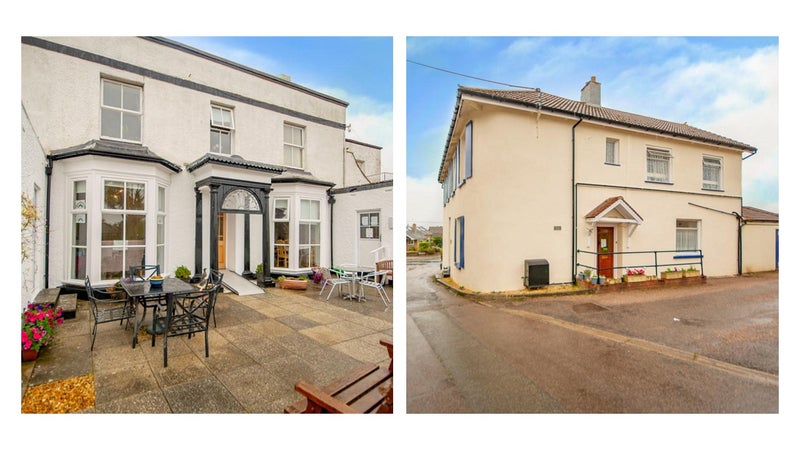The private dentistry demand
This article was first published in Private Dentistry on 01 August 2018.

After a number of years of intense demand for NHS practices, things are changing in terms of demand which could favour principals planning the sale of a private practice. Whilst there is still high demand, particularly from first time buyers, for the ‘evergreen’ NHS contract, buyers are increasingly seeking opportunities in the private sector. So why is this, who are the buyers and what are the main differences between the sale of a fully private and mixed practice?
What is driving increased demand?
Risk management and growth are fueling demand for private practices. With eroding NHS margins, many multiple operators are turning to fully private practices to balance their portfolio risk. Secondly, added value comes through the development of private revenue. This can be achieved through upskilling associates to sell private treatments ethically, introducing new areas, such as hygiene which is highly profitable, and growing private revenue. Growing private revenue enhances associates’ income and helps strengthen retention.
Weighing up risk
The risk of losing patients when a practice is sold is generally greater in the private sector than with NHS patients. This risk varies widely according to a number of factors, not least;
- The size of practice – A higher number of surgeries is better as income is spread more evenly
- The profile of income – Is income spread more evenly across a number of lower grossing associates or reliant on fewer, high grossing specialists and/or the principal?
- Location – Are the treatments offered commensurate to demand and needs in the area?
- The principal’s intentions – Does the working principal wish to ‘tie-in’ for a period, thus softening the impact of the patient transition from one owner to another?
Who is buying?
Demand is mainly driven by independent partnerships, multiple practice owners and corporates.
How does a private practice transaction differ from an NHS?
Typically, 'tie ins' and the deferment of part of the sale price are used to reduce the purchaser's risk.
Deferred consideration allows for a portion of the sales price to be paid back over an agreed timeframe, meaning the buyer pays less ‘up front’ to help manage risk. The portion deferred is typically 10 to 30 percent but is subject to negotiated conditions, which can include that turnover is maintained or even grows, or the deferred percentage can be linked to practice turnover or retained by the principal’s personal income.
Where a practice is ‘Associate led,’ meaning there is no working principal, the risk is considered much lower and the percentage deferred is lower.
Ideally, a buyer looks for a committed principal who loves dentistry and wishes to continue practising for a three to five year period post-completion during a tie-in period.



















